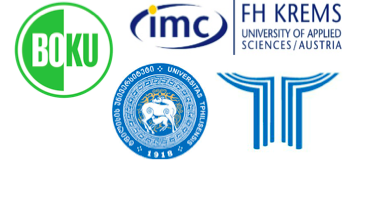Sustainable development challenges are often complex and multifaceted. As such, addressing them and solving them requires contribution from many types of knowledge and academic fields. Transdisciplinary research offers a solution to tackling such challenges.
Transdisciplinarity entails cooperation beyond academic boundaries – it reaches beyond interdisciplinary cooperation to integrate scientific and experiential knowledge throughout the research process, starting from joint identification of the problem to be addressed. The research process in this case entails the following phases:
- Problem identification and structuring;
- Problem analysis;
- Bringing results to fruition[1].
Transdisciplinary researchers should be able to:
- grasp the complexity of the issue they are working on,
- take the diverse perspectives on the issue into account, such as those of the academic and non-academic actors
- link abstract and case-specific knowledge, and develop knowledge and practices that promote what is perceived to be the common good[1, 2]
Transdisciplinary research implies application of special dialogue-based methods, which are still evolving, as well as testing if the developed solutions are functional in practice. Moreover, it implies flexibility with respect to reconsidering problem identification, if needed based on the results of the analysis or bringing results to fruition.
For more information, see references below.
[1] C. Pohl, G. Hirsch Hadorn, Principles for Designing Transdisciplinary Research – proposed by the Swiss Academies of Arts and Sciences, oekom Verlag, München, 2007.
[2] G. Hirsch Hadorn, H. Hoffmann-Riem, S. Biber-Klemm, W. Grossenbacher-Mansuy, D. Joye, C. Pohl, U. Wiesmann, E. Zemp, Handbook of Transdisciplinary Research, in: Springer (Ed.), Springer, Dordrecht, 2008.

